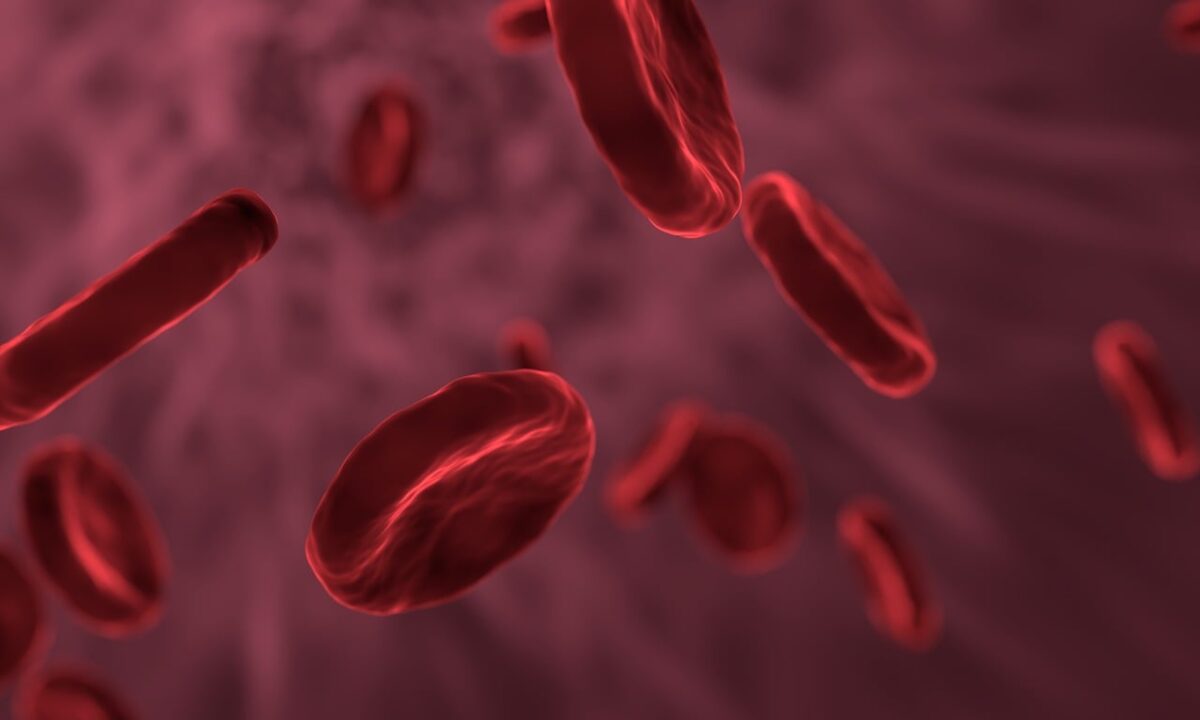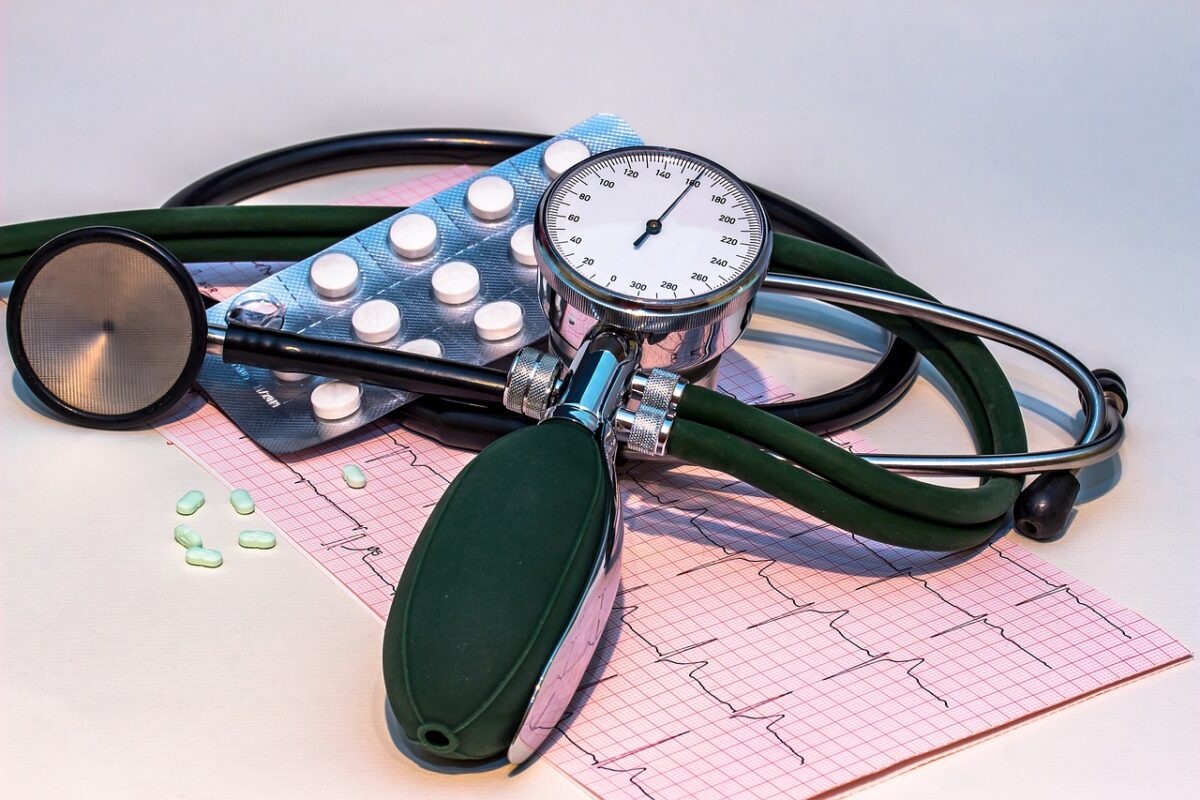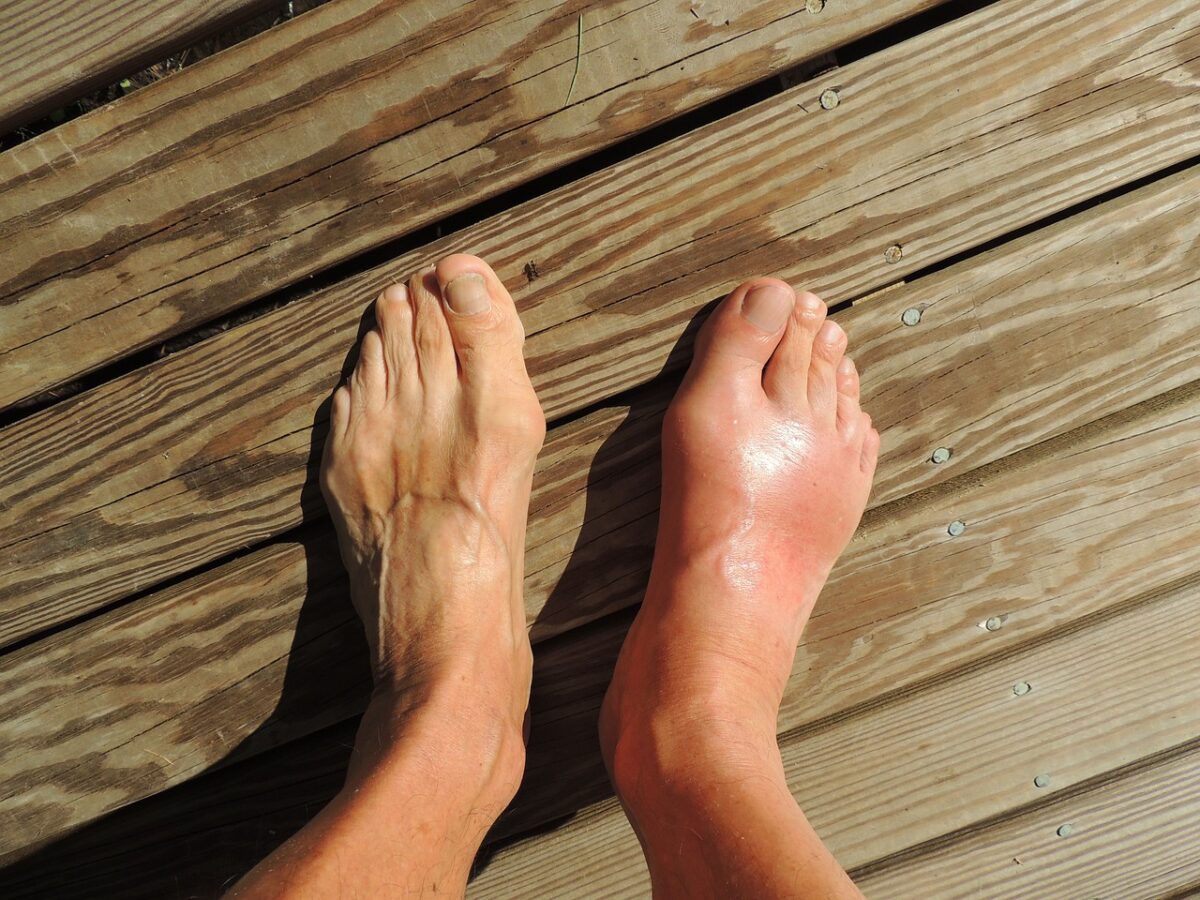I get enquiries, from time to time, about whether Chinese medicinal bleeding can be used to remove significant volumes of blood, in a similar way to conventional bloodletting. Whaaaat? I hear you say. Yes, conventional medicine does still include bloodletting. It’s known as therapeutic phlebotomy.
Phlebotomy is when you have a blood sample taken to run some tests on the blood. Therapeutic phlebotomy is when you have a larger quantity of blood taken, simply to get rid of some blood. This can be needed to help with unusual conditions such as polycythemia vera or hemochromatosis. These involve having excessive amounts of iron, or of red blood cells. The blood taken in these procedures is usually not retained, like when you donate blood, but disposed of.
The short answer is no. Chinese medicinal bleeding is not suitable for releasing blood on that scale. And here’s a longer answer …
The quantity of blood
Therapeutic phlebotomy usually extracts 250-500ml of blood. This is comparable to blood donation, which takes 470ml of blood in Australia, or around 8% of your total blood volume.
Chinese medicinal bleeding is done in several ways, but the way that would produce the most blood is by direct bleeding from a superficial vein. We do not take, or extract, the blood. We briefly pierce the vein and let the body release as much as it wants to release.
Often the initial blood is very dark, it can be almost black, showing that the blood is oxidised and has not been circulating in a healthy way. Then it runs a healthier red colour. And then the bleeding stops. The body releases the old stagnant blood that has been stuck in that vein, and then it clots the puncture to stop the bleeding.
I have read that it is possible for the body to release 200ml this way. But in my experience even 50ml is an uncommonly large quantity for the body to release. This is much less than the amounts taken for therapeutic phlebotomy or blood donation.
Releasing large amounts of blood is never the goal. Releasing even a couple of drops of dark stagnant blood result in a very successful procedure.
The diagnosis
Chinese medicinal bleeding is done according to Chinese medical principles. First there must be a Chinese medical diagnosis, based on signs and symptoms, that indicates that bleeding may help. Often this would be ‘Blood Stagnation’.
Without a relevant Chinese medical diagnosis, it would not be ethical to perform bleeding.
Available veins
One possible symptom of Blood Stagnation is superficial veins visible on the surface of the body. These are known as thread or spider veins, and are usually purple, red or blackish, not the blue colour of healthy veins. If you don’t have any of these, it is not possible to do Chinese medicinal bleeding from a vein.
There are other forms of Chinese medicinal bleeding, such as wet cupping, but these tend to produce even less blood than bleeding from a vein.
We never directly bleed varicose veins, which are bulging out from the surface.
Scope of practice & insurance
For all these reasons, we are not registered and insured to provide Chinese medicinal bleeding for purposes which are not related to a relevant Chinese medical diagnosis.
Patient satisfaction
People’s reasons for requesting Chinese medicinal bleeding for the purpose of releasing quite a lot of blood vary. Basically, I have to say, that Chinese medicinal bleeding techniques are unlikely to achieve the desired results.
How much blood will be released is not a matter of negotiation or guarantees. It is not the case that we can promise to release a certain quantity.
If extracting relatively large quantities of blood is your goal, it seems unlikely that you would be satisfied with the results of Chinese medicinal bleeding.
References
Image by allinonemovie from Pixabay





